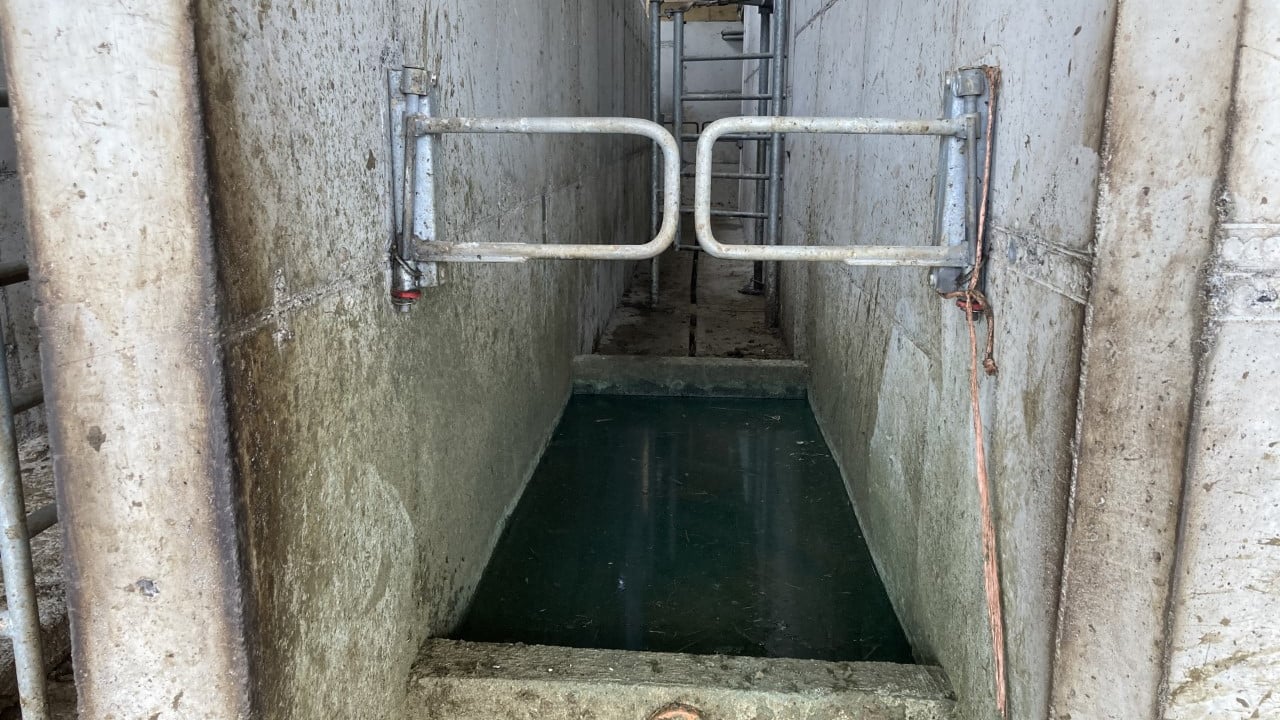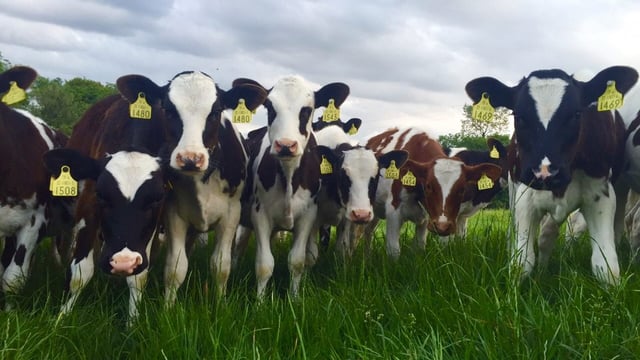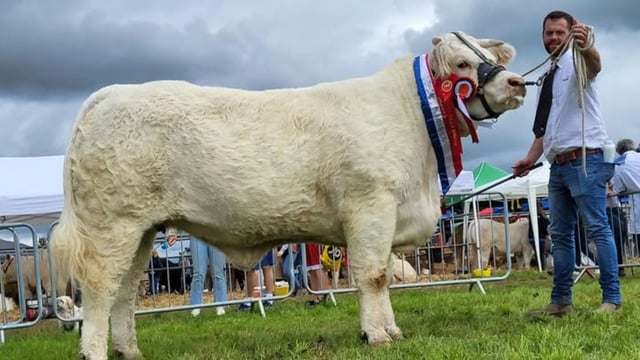Foot bathing cows to limit lameness around breeding season
Foot bathing is often only done when cows are fully indoors during the winter months, as most infectious lameness issues are more prevalent under those conditions
Infectious diseases such as digital dermatitis (mortellaro) or 'foul in the foot' are caused by the spread of pathogens in the environment, which is generally at its highest when cattle are housed.
However, if these pathogens and bacteria are not dealt with, they can persist and cause severe pain to cattle in the herd, affecting their performance and their ability to show oestrus or go back in calf.
A number of lame cows in the herd will lead to lower submission rates, delayed ovarian cyclicity, reduced conception rates, an increased calving interval, and higher chance of ovarian cysts forming.
A single case of lameness could potentially cost €350 – from loss in production, to reduced fertility, to the cost of treating and culling.
Mortellaro can spread rapidly through a herd and is a particularly stubborn infectious disease to eradicate, as it may take foot bathing twice weekly for a number of weeks to begin getting control of it.
Just because cows are out grazing - where the risk of the spread is reduced - it does not mean that the disease itself will just ease off, so regular foot bathing is needed throughout the whole year.
A study from Teagasc identified that while 44% of farmers reported having mortellaro issues on their farm, only 31% had a regular foot bathing.
Using foot baths will allow for a disinfectant solution to be applied to each cow’s hooves at milking time, killing infectious agents, and improving hoof hygiene.
Foot bathing could prove to be a waste of time if it is done incorrectly, or, worse still, may actually contribute to the spread of the disease, which emphasises the importance of correctly doing it.
Cow flow through the foot bath is crucial, and the bath should be close to the exit of the milking parlour so cows can go through after milking.
The foot bath should be level with the ground, with no steps up or down, to further ensure good cow flow and that the cows are not damaging their feet going into the bath.
The bath should have a minimum width of 700-800mm for a herd of up to 250 cows.
For herds of over 250 cows, a foot bath should be at least 2m wide to allow for two cows to pass through simultaneously and creating better cow flow.
A length of 2.5-3m will allow for each foot to be sufficiently immersed in the solution, as per Animal Health Ireland (AHI).
Solution depth should be 100-125mm, with the volume of solution equating to 1L/cow, meaning in a 120-cow herd, you will need 120L of solution to do the whole herd at once.
It is important to change your solution regularly. The one litre of solution per cow should be changed after one cow goes through.
Multiplying foot bath length X width X depth of solution, measured in metres, will give you the volume of your foot bath in cubic metres, which will help you get the right concentrations.
You should consult your vet to get the most appropriate solution for your herd. Formalin, copper sulphate, or other commercial products containing peracetic or organic acids are all options.
The frequency with which cows need to be foot bathed depends on how common or severe the disease is within your herd.
Herds where mortellaro is a major problem should be foot bathed after every milking until the disease is under control.
It is important to not substitute good management practices with foot bathing – a foot bathing programme will not solve a mortellaro problem if your yard and facilities are not in good order.





